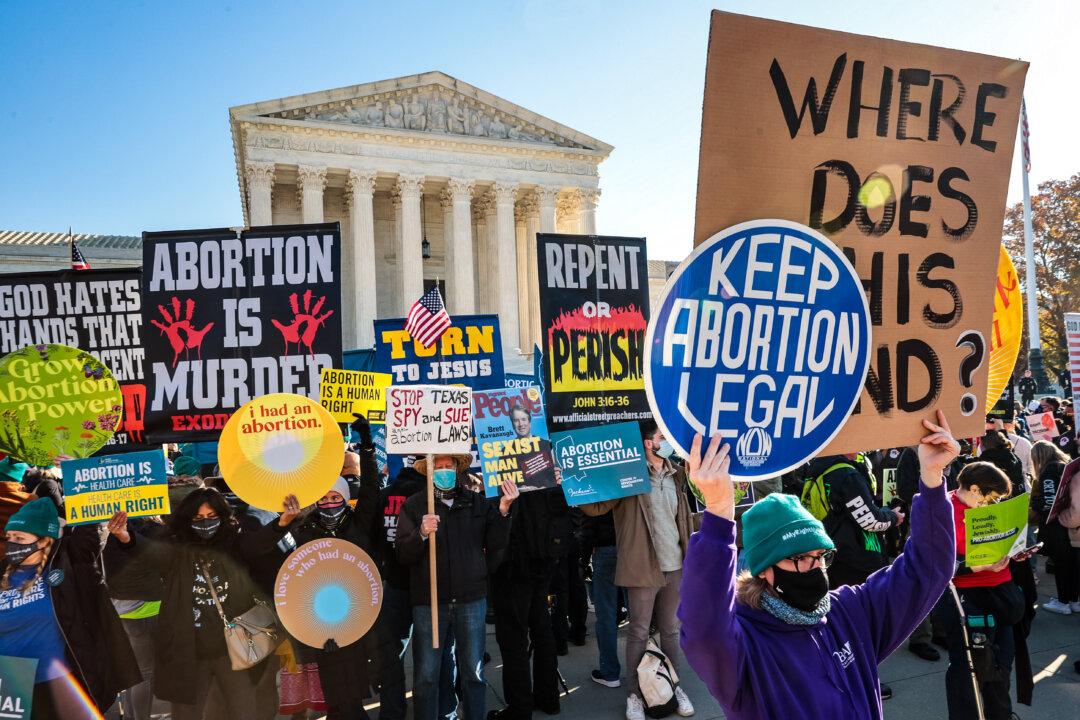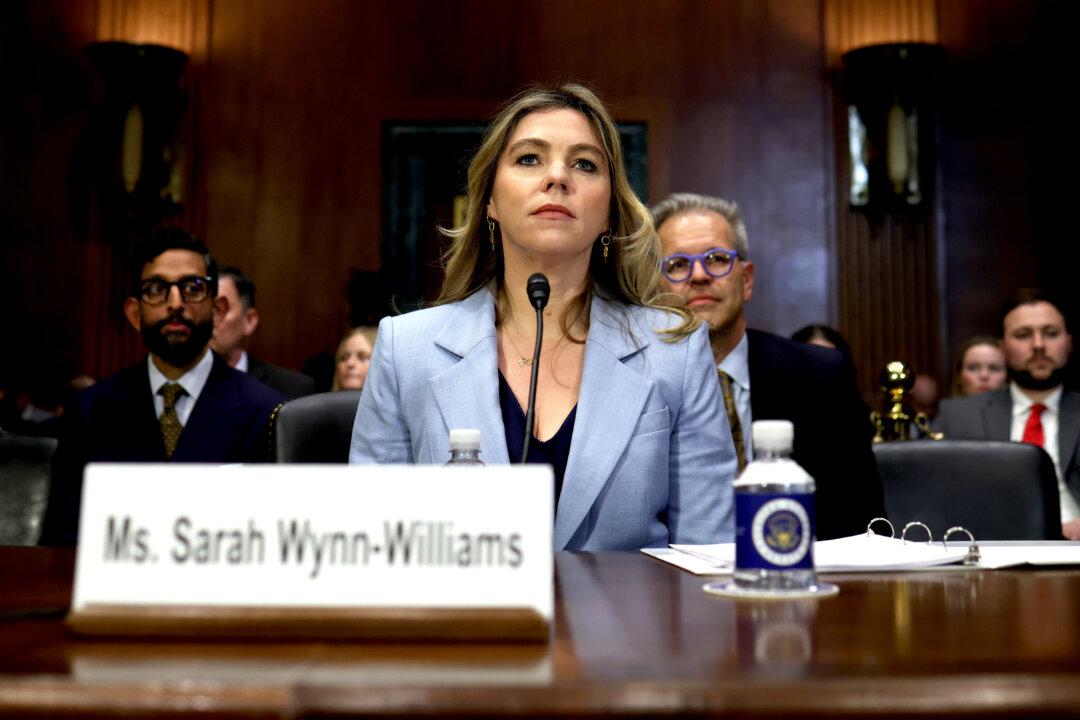Politically, the states of California, Kansas, Kentucky, Michigan, Montana, Ohio, and Vermont run the gamut from very liberal to very conservative.
But as of late, they have something in common. Voters in each state either approved pro-abortion ballot initiatives or rejected pro-life ballot initiatives following the U.S. Supreme Court’s 2022 reversal of its landmark 1973 ruling in Roe v. Wade.
Ohio became the latest state to join the list in November, when a majority of voters chose to enshrine a right to abortion in the state’s constitution.
Terms and Conditions
For Republicans in deep red Mississippi, the state’s role in overturning Roe has been a badge of honor.In 2018, Mississippi enacted a 15-week abortion limit that was challenged by the state’s only abortion clinic, Jackson Women’s Health Organization. That challenge went all the way to the Supreme Court, only to eventually become known as the case that reversed Roe v. Wade and returned the power to regulate abortion to the states.
Now, in the interest of protecting that legacy from potential out-of-state actors, the Mississippi House has approved a resolution to restore the state’s ballot initiative process with the added caveat that it cannot be used to propose abortion-related laws.
“The abortion issue has been an issue that the majority of the House has championed for the past decade,” Republican state Rep. Fred Shanks said. “The House was the force that overturned Roe v. Wade. It was no one else. It was us. And I just don’t think we want to be messing with it.”
The resolution, passed in an 80–39 vote, bars other uses for the initiative process as well, including for changing the state’s public employment retirement system, appropriating funds from the state treasury, or proposing local laws or constitutional amendments.
Mississippi previously had a process in place for citizen-led constitutional amendments, but the state’s Supreme Court ruled it invalid in 2021. The text of the law required petitioners to collect an equal number of signatures from five congressional districts, but after the 2000 census, the state dropped to four districts. The prior law’s language was never revised to reflect that change, but Mr. Shanks noted that the new proposal takes it into account.
Democrat state Rep. Cheikh Taylor, however, decried the new effort to place “terms and conditions” on the initiative process.
“Don’t let anyone tell you this is just about abortion,” Mr. Taylor said. “This is about a Republican Party who thinks they know what’s best for you better than you know what’s best for you. This is about control. So much for liberty and limited government.”
‘Tyranny of the Majority’
In Missouri, Republicans have put forward several proposals for upping the threshold to pass citizen-led amendments at the ballot box.Currently, the law requires a statewide majority vote for such measures to pass. The proposed amendments would require the added approval of a majority of the state’s eight congressional districts or of the state House or Senate districts.
Any proposal passed by the Missouri Legislature would be put to the voters for approval either in the November general election or a special election called by the governor.
The resolutions come amid a push for a ballot initiative titled the “Missouri Right to Reproductive Freedom Amendment,” which would change the state constitution to enshrine the right to abortion until the time of fetal viability—when a baby can survive outside the womb—or in cases where the mother’s physical or mental health are deemed to be at risk.
Fetal viability is generally accepted to occur between 22 and 24 weeks’ gestation. However, there is at least one recorded instance of a child who survived after being born at 21 weeks.
Missouri Democrats have accused Republicans of trying to thwart the initiative by drafting biased ballot summaries and changing the initiative process.
But Sam Lee, a pro-life lobbyist with Campaign Life Missouri, argued that laws concerning hotly contested issues such as abortion should not be determined by a slim majority of voters.
Pitfalls
Thomas Jipping, a senior legal fellow with The Heritage Foundation, pushed back on the notion that direct democracy leads to tyranny of the majority at the state level.He noted that it takes a certain number of signatures just to get an initiative on the ballot, and even then, there’s no guarantee that it will be passed.
“Just like the U.S. Constitution begins with the words ‘We the People,’ state constitutions belong to the people. So, they decide on the rules for government,” Mr. Jipping told The Epoch Times.
That said, he agreed that it might be prudent for states to consider imposing higher thresholds for amending their constitutions.
“The debate recently in Ohio, for example, is whether it should require a supermajority to pass a constitutional amendment—60 percent—as opposed to 50-plus-one. … I think that’s a valid issue,” he said.
Mr. Jipping also acknowledged that the use of direct democracy to pass laws on complex issues such as abortion can present other “pitfalls,” such as the potential for voter manipulation.
“Some of these campaigns related to reproductive freedom, the language is very complicated. And it’s quite deceptive in my view,” he said, noting that many such initiatives have used the term “individual,” rather than “adult” or “woman,” leaving room for the law’s provisions to be applied to minors.
“That means that any law protecting children, any law requiring any sort of parental involvement, is necessarily impossible now in those states,” he said. “If you asked voters who thought they were just voting for adult women to get abortions if that’s what they had in mind, I think they would be horrified.”
That’s why legislatures, he contended, are better equipped to handle the complexity of matters such as abortion.
“The people on all sides of these issues have more opportunity to participate in the process of deciding these policy issues when it’s legislatures rather than constitutions that are being used to address these issues,” he said.







